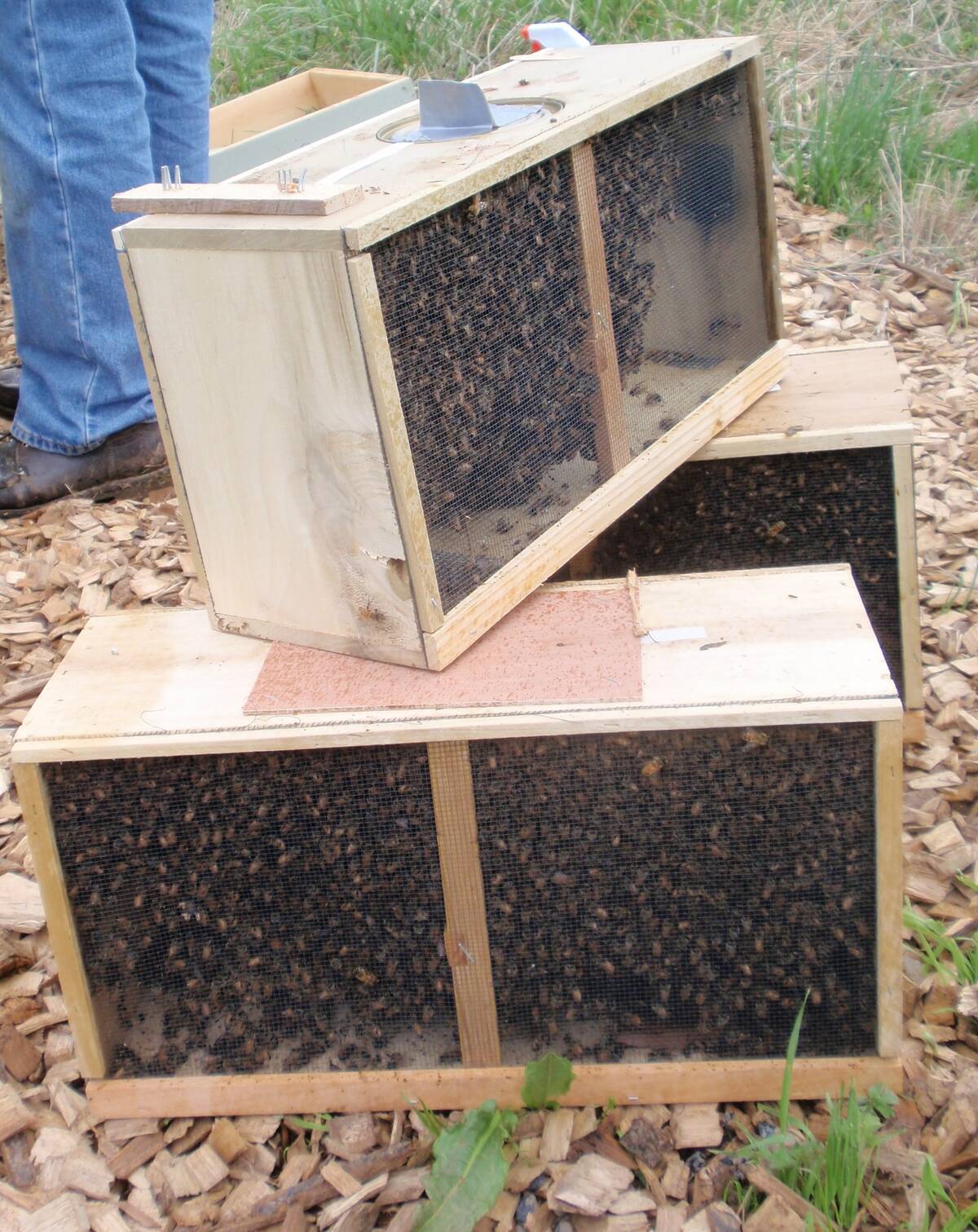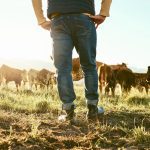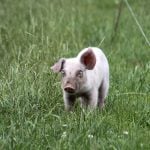A federal committee was told the $50 million made available by Ottawa for a set-aside program in the beef industry has already been spent, according to the Canadian Cattlemen’s Association (CCA).
Prime Minister Justin Trudeau announced up to $50 million in AgriRecovery funding was being earmarked to fund a COVID-19 set-aside program for cattle producers, allowing them to keep their animals longer before marketing and help mitigate temporary closures of processing plants.
After the funding announcement in early May, CCA president Bob Lowe noted that amount of money had already been spent and much more was needed to maintain a thriving industry.
Read Also

Canadian beekeepers call for regulatory accountability
Beekeepers say the Canadian Food Inspection Agency should restore packaged U.S. bee shipments, claiming the agency isn’t following evidence.
Those comments were echoed by Lowe during his testimony to the Standing Committee on Agriculture and Agri-Food on May 8.
“If you take the number of cattle that are backed up, that $50 million was actually gone about two weeks ago. It won’t last very long,” he said.
CCA members told the committee during the digital meeting that estimates showed between $35 million to $135 million is needed to continue storing and feeding excess cattle, predicting the need would be on the higher end of the estimate.
They also spent time explaining to the committee why existing business risk management (BRM) programming does not work for beef producers. Much of the federal response to COVID-19 has worked within the framework of existing BRM programs.
According to the CCA, one of the primary programs the government points to for producer support, AgriStability, does not work for its members.
AgriStability largely operates based on reference margin limits, but many producers — particularly cow and calf producers – have low eligible expenses, in part because they often produce their own feed and have low labour costs.
That means their margins must drop further than other commodities before triggering payments from the program. The CCA is proposing the federal government remove the reference price limits and payment caps for cattle producers to make AgriStability more effective.
CCA representatives also told the committee more support was needed for livestock price insurance.
While the program varies from region to region (and is non-existent in the Maritimes) the CCA focused on Western Canada.
Due to the pandemic, insurance costs are high — and premiums are tied to markets. The cost of buying insurance is too costly for many producers, and they only have until the end of May to decide if it’s a worthwhile or affordable expense.
The CCA is proposing the cost of insurance be shared by provinces, Ottawa and the industry. While some provinces have expressed support in doing so, the federal government has not yet committed to such a plan.
An additional $50 million from AgriRecovery is also being allocated to help pork producers manage their herds, but MPs were told that amount is insufficient as well.
In a May 12 committee meeting, Rick Bergmann, chair of the Canadian Pork Council, told MPs producers have been “pushed into a crisis” and continue to seek meaningful help from government.
Producers are not confident of their future to help with the rebuild post-COVID-19,” he said during his opening remarks.
Citing a volatile market, Bergmann reiterated previously released numbers: $30 to $50 is being lost on every pig sold this year.
“Our current crisis is a cash crisis, farmers do not have income to pay their bills, feed their animals, and keep their lights on,” he said.
“These losses are not sustainable at all, they will force farmers out of business,” he said, warning it will be mid- size farmers and young farmers who have been struggling already from trade wars.
Janice Tranberg, president and CEO of the National Cattle Feeder’s Association, told committee members her industry is now in what she considers a “worst-case scenario” and that the $50 million from the federal government “barely covered our best-case scenario.”
She told MPs that processing capacity is now at about 50 per cent across the country and is not expected to be higher than 85 per cent in coming months because of measures put in place to mitigate the spread of the disease.
“All of these measures will slow down production, so we don’t know precisely but at least in the short term, full capacity probably isn’t going to be able to be much past 85 per cent of pre-COVID,” she said.
“It’s going to take us quite a bit of time to get back to normal. We’re not going to be able to cover the costs, certainly in the short term.”
Pork producers, like their colleagues in the cattle industry, have long suggested AgriStability is ineffective in the best of times for them.
Rene Roy, vice-chair of the Pork Council, told MPs $20 per hog is needed in emergency funding to help survive the COVID-19 crisis.
“AgriStability is not a very good program in an emergency situation. It always comes into play after the fact so it’s not very good at helping producers in a crisis that we are experiencing right now,” said Roy in French.
The federal government, including Prime Minister Justin Trudeau, have committed to further funding for the industry is needed, but no specific commitments for cattle or pork producers have been made.
In a committee meeting on May 12, Agriculture and Agri-Food Minister Marie-Claude Bibeau said the federal government making $100 million available for set-asides in the cattle and pork industry showed the government recognizes the need for funding.
“If the need is greater, then we’ll expand the envelope,” she said, stopping short of a firm commitment.
During the same meeting, she also said discussions were “underway” with provinces and territories on a nationwide livestock insurance program.
















